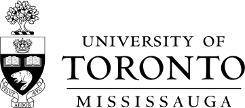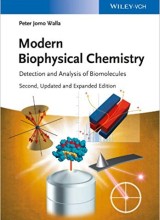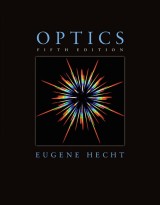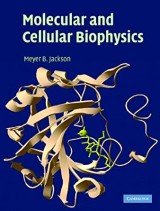PHY343H5S – Classical Mechanics
A mathematical treatment of Newtonian mechanics. Topics include: variational principles, Lagrangian mechanics, Noether's theorem, symmetry and conservation laws, applications (orbits, oscillators, scattering), introduction to Hamiltonian mechanics.
Prerequisite:
PHY146H5, MAT244H5
Textbook:
Introduction to Classical Mechanics: With Problems and Solutions, David Morin, 2008
Course syllabus
PHY332H5F – Molecular Biophysics
A physicist's perspective on the building blocks of the living world. Topics may vary but will include: levels of structural complexity in biomolecules, molecular thermodynamics, molecular forces, the stability of biological structures, and the interaction of radiation with molecules. A rigorous treatment of commonly used biophysical techniques, such as calorimetry, optical spectroscopy, light/X-ray/neutron scattering, and single-molecule methods, will be accompanied by research applications.
Prerequisite:
PHY241H5, JCP221H5, MAT244H5
Co-requisite:
JCP221H5
Textbook:
Modern Biophysical Chemistry, 2nd ed., Peter Walla, 2014
Course syllabus
PHY347H5S – Optics
The course will focus on wave optics and introduce students to modern optics and the quantum nature of light. Topics may vary but will include: electromagnetic waves and the propagation of light, basic coherence concepts and the interference of light, Fraunhofer and Fresnel diffraction, Fresnel equations, polarization of light, birefringence, blackbody radiation and principles of laser operation.
Prerequisite:
PHY241H5, PHY245H5, MAT232 and MAT244
Textbook:
Optics, 5th ed., Eugene Hecht, 2016
Course syllabus
PHY2707HF - Cellular and Molecular Biophysics I
This course investigates the physical properties of biomolecules with emphasis on principles of equilibrium and non-equilibrium thermodynamics and statistical mechanics that can be used to describe quantitatively biological structure and function. Through rigorously introduced new concepts and theories, and an extensive use of examples from literature, students will gain an understanding of the general importance and broad applicability of Physical Laws to life sciences. Student participation includes reading and preparing papers assigned for discussion in each lecture. Specific topics will vary and may include: global states and transitions, random walks and microscopic diffusion theory, fundamental rate processes (exponential relaxation, activation energy, Kramers’ theory for barrier crossing, single-molecule kinetics), association-dissociation kinetics (the diffusion limit, ligand-binding to proteins, DNA and membrane receptors), multistate kinetics (separation of timescales, state counting, pathway counting, stretched kinetics), fluctuations in biology (Poisson distribution, noise and fluctuations in two-state systems, correlation functions and power spectra, fluorescence correlation spectroscopy).
Textbook: Molecular and Cellular Biophysics, Meyer Jackson, 2006Course syllabus




